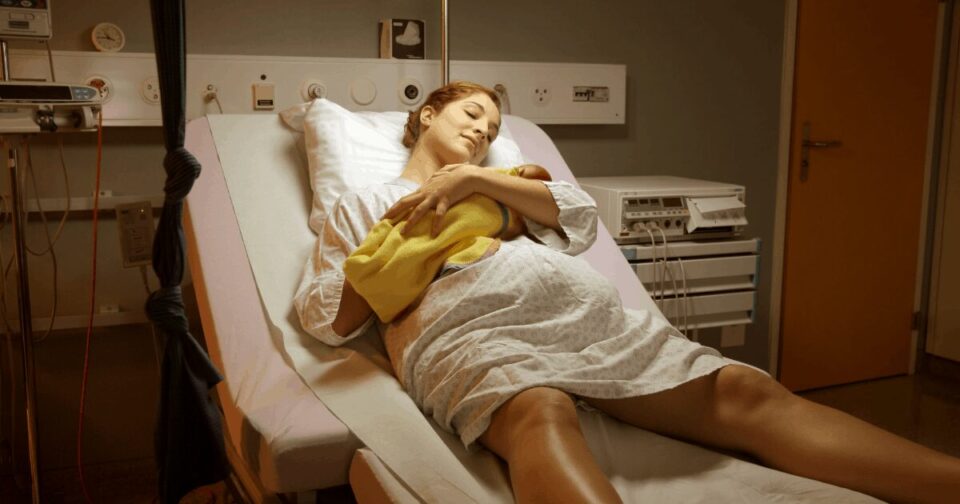As with each pregnancy, complications during labor and delivery are different in each woman. Some can have some complications during labor and delivery.
The following are some of the common complications that can occur during labor and delivery:
Lengthy Or Prolonged Labor
Sometimes labor does not progress well due to various reasons. The things that can cause problems are, contractions weaken, the cervix does not dilate enough or in a timely manner, or the infant’s descent in the birth canal does not proceed smoothly. If labor is not progressing as it should be, your doctor or OB/GYN may give medications to increase contractions and speed up labor or may recommend a cesarean delivery.
Early Water Breaking
If a pregnant woman’s water breaks early and labor does not start on its own, an infection can be a major concern. Labor normally starts on its own within 24 hours of the woman’s water breaking. If that does not happen, and if the pregnancy is at or near term, the doctor or OB/GYN may need to induce labor. If a pregnant woman’s water breaks before 34 weeks of pregnancy, the DOCTOR OR OB/GYN will need to monitor the woman by admitting her into a hospital to prevent complications.
Abnormal Heart Rate Of The Baby
Many times, the infant may have abnormal heart rate during labor. This does not always mean there is a problem. It often happens due to the infant not getting enough blood because of your position. Your doctor or OB/GYN will ask you to switch positions to help the infant get more blood flow. If the infant’s heart rate doesn’t improve despite switching positions, your doctor or OB/GYN will perform a test to find out if there is a larger problem. In such cases, your doctor or OB/GYN may do an episiotomy to widen the vaginal opening for delivery or do an emergency cesarean delivery.
Perinatal Asphyxia
Asphyxia means choking. This condition occurs when the fetus does not get enough oxygen in the uterus or during labor or delivery or just after birth. This may happen due to too little oxygen in the mother’s blood, low blood pressure of the mother, inadequate relaxation of the uterus, or knotting of the umbilical cord around the neck of the infant.
Shoulder Dystocia
During delivery, the infant’s head comes out of the vagina, but one of the shoulders gets stuck.
Perineal Tears
Sometimes, a woman’s vagina and the surrounding tissues may tear during the delivery of the baby. Mostly, these tears heal on their own without medical intervention. Your doctor or OB/GYN will treat and repair it using a stitch if a tear is more serious.
Excessive Bleeding
Excessive bleeding can happen during or after delivery. It is a leading cause of maternal death during or after delivery. Bleeding can occur due to tears uterus, vagina, and surrounding tissues during delivery. Bleeding also occurs if the uterus does not contract strongly enough after delivery of the placenta. Normally, after the placenta is delivered, the uterus contracts to help compress the bleeding vessels in the area where the placenta was attached.



